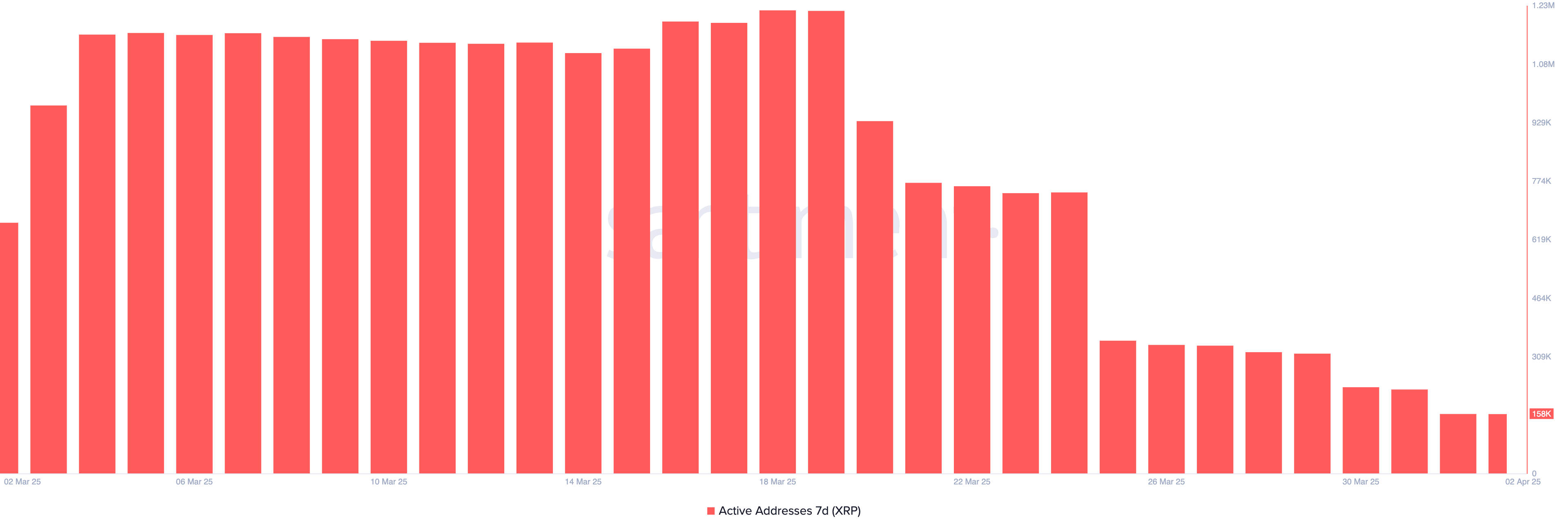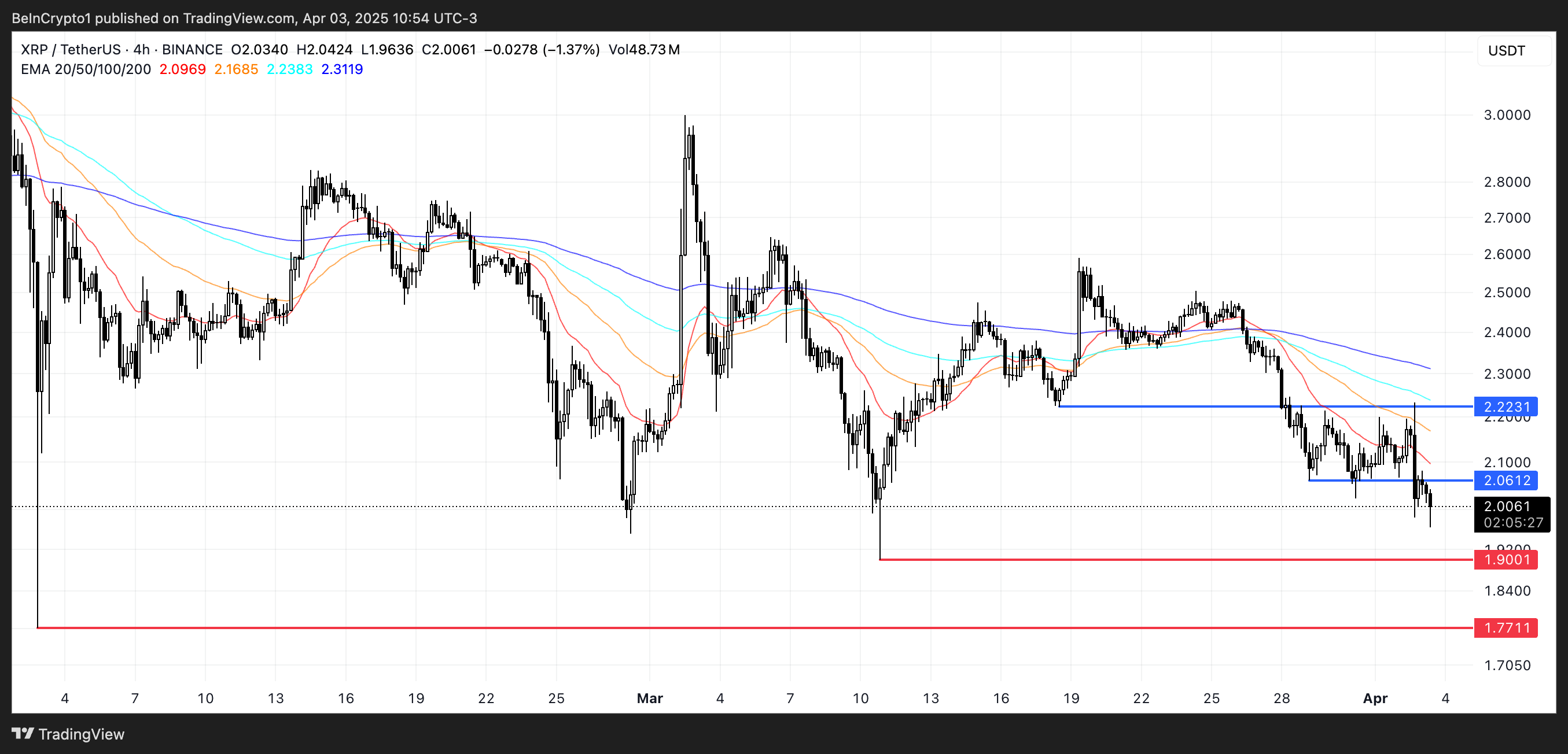-
XRP faces significant downward pressure, dropping nearly 6% within 24 hours as a $1.02 billion token unlock raises concerns about supply constraints.
-
As on-chain activity declines sharply, with an 87% drop in active addresses since March, user engagement appears to be fading.
-
According to data from COINOTAG, bearish technical indicators suggest XRP could struggle to maintain its footing above critical support levels.
XRP’s recent token unlock raises supply concerns amid declining network activity, suggesting potential challenges for the cryptocurrency’s stability.
Ripple Wallet Activity Sparks Fears of Oversupply
Recent on-chain data reveals that Ripple has unlocked 500 million XRP, valued at approximately $1.02 billion, from its escrow account. This substantial movement of tokens has ignited concerns regarding possible oversupply in the market.
The tokens were transitioned from the “Ripple (27)” escrow address to two operational wallets, namely “Ripple (12)” and “Ripple (13).” This indicates a potential preparation for distribution or even sale, raising alarms about increased market liquidity. Analysts point out that if Ripple opts to sell a portion of these tokens, it could lead to short-term selling pressure, further impacting XRP’s market price.

The bearish outlook is underscored by technical analysis, with the Directional Movement Index (DMI) displaying troubling signs. The Average Directional Index (ADX) has fallen sharply from 42.45 to 26.68, indicating a weakening trend. Moreover, the bullish indicator (+DI) has decreased from 22 to 12.91, while the bearish indicator (-DI) surged from 15.64 to 27.43. These shifts hint at a potentially challenging environment for XRP unless there is sufficient demand to absorb the newly unlocked supply.
XRP Network Activity Collapses 87%
XRP experienced a remarkable surge in network activity in March, peaking at 1.22 million active addresses. However, this momentum has rapidly dissipated, with the number of active users plummeting to just 158,000—an astonishing 87% decline in only three weeks.

This drastic reduction raises concerns that the previous uptick in activity may have been temporary or influenced by specific events, failing to indicate a sustained increase in adoption or user engagement.
Monitoring the 7-day active addresses serves as a crucial metric in evaluating a cryptocurrency’s health. Active engagement typically reflects strong user interest, which can often correlate with market support. Conversely, the sharp decline in XRP’s addresses may signal diminishing demand and increased selling pressure. Without a resurgence in activity, XRP’s prospects for upward movement may remain limited.
XRP Faces Strong Downtrend, But Eyes Rebound If Key Levels Break
The Exponential Moving Average (EMA) structure for XRP currently illustrates a robust downtrend, with short-term averages positioned significantly below long-term averages. This disparity indicates ongoing bearish momentum that may pose challenges for bulls looking to defend price levels.

Should bullish sentiment fail to materialize soon, XRP may approach critical support near $1.90—a vital level historically observed to provide support. A breakthrough below this threshold may expose XRP to further downside risks nearing the $1.77 mark.
Nevertheless, should XRP manage to gain traction and reverse its current trajectory, resistance at $2.06 may come into play. A decisive breakout beyond that could open pathways for a resumption towards $2.22.
Conclusion
As market dynamics evolve, the combination of a significant token unlock and declining network activity presents a precarious situation for XRP. Investors should closely monitor market signals as future developments may impact the cryptocurrency’s viability in the coming days. Whether XRP can regain momentum will largely depend on the market’s ability to absorb the new supply and reignite user engagement.
